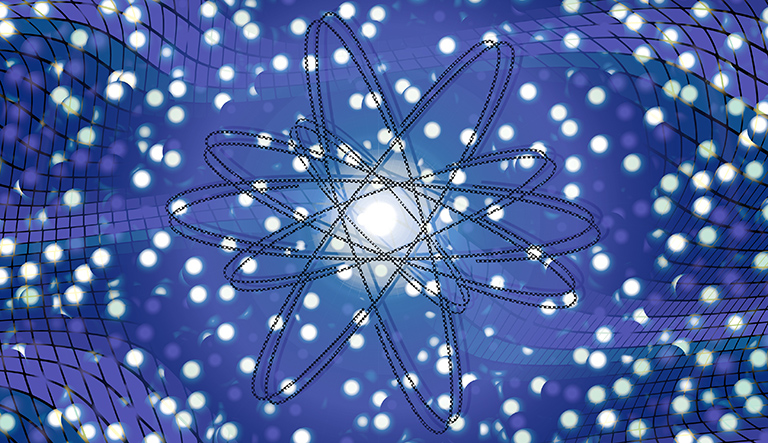
The University of Tennessee is a key member of a recently announced General Electric Research-led team working on an Advanced Research Projects Agency-Energy (ARPA-E) project. The task is to advance technology related to the design and control of state-of-the-art nuclear reactors.
The project, funded by the US Department of Energy, focuses on integrating digital twin technology to virtually replicate the reactors as well as using artificial intelligence to help guide the team’s decisions.
“We are proud that our instrumentation and control expertise will be integrated into this high-caliber project to advance small modular reactor technologies,” said Head of the Department of Nuclear Engineering Wes Hines. “The collaboration of an ARPA-E project of this scale illuminates the progress and potential for the next era of nuclear energy.”
In addition to UT, other partners on the GE Research team include GE Hitachi Nuclear Energy (GEH), Oak Ridge National Laboratory (ORNL), and Exelon Generation. Exelon operates the largest US fleet of nuclear power plants and will provide historical data based on its significant experience to inform the design of the model and targets are aimed at reducing the operating and maintenance costs of advanced reactors.
Members of the team from UT include Associate Professor and Southern Company Faculty Fellow Jamie Coble and Professor Richard Wood, both in nuclear engineering.
“This project allows UT to significantly contribute to advancing the state of the technology toward more nearly autonomous operation of nuclear power plants,” said Wood. “The integration of operational performance and system health information with AI-based analysis and decision capabilities can ensure cost-effective, highly-reliable power generation along with efficient asset management.”
The GEH team is responsible for building a digital twin of BWRX-300 small modular reactor and identifying critical components. Researchers at GE Research, ORNL, and UT will develop artificial intelligence predictive technologies to make risk-informed decisions to support design, regulation, operation, and maintenance of the advanced reactors.
“The team assembled by GE Research enables us to make great strides forward in safe, cost-effective maintenance optimization for the future nuclear power industry, combining the state of the art BWRX-300 reactor design with lessons learned from the current fleet of large-scale BWRs as a demonstration for risk-informed decision making,” said Coble. “The approaches and technologies we develop under this program will widely support advanced reactor technologies across the board and the safe, economic deployment of these reactors in fundamentally new paradigms.”
The new undertaking is one of four active ARPA-E projects that the Tickle College of Engineering is involved with in a key way.UT–ORNL Governor’s Chair for Electrical Energy Conversion and Storage Thomas Zawodzinski, of the Department of Chemical and Biomolecular Engineering, is in charge of a project aimed at improving the efficiency of fuel cells as part of a series of 10 projects aimed at increasing energy storage on the power grid.Professor and Condra Chair of Excellence in Power Electronics and CURENT Technical Director Fred Wang is leading an effort to make microgrids smarter and more adaptable, while Associate Professor Kevin Bai is helping a team led by Wolfspeed and Ford Motor Company develop an ultra-fast vehicle charger. Both Wang and Bai are from the Min H. Kao Department of Electrical Engineering and Computer Science.
Read More
Nuclear Energy Insider: Digital twin projects look to slash nuclear O&M costs